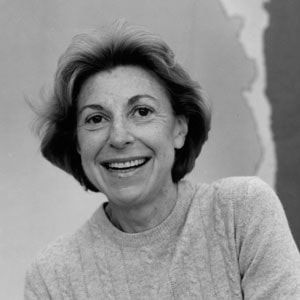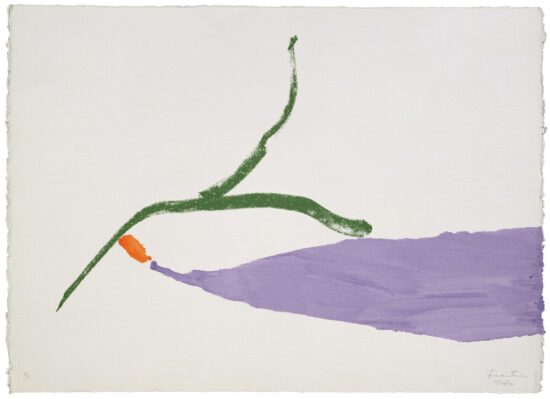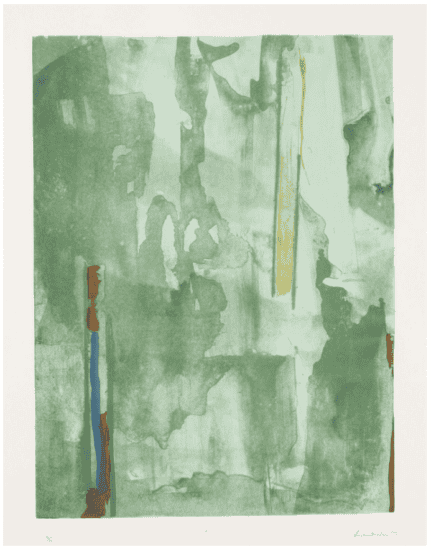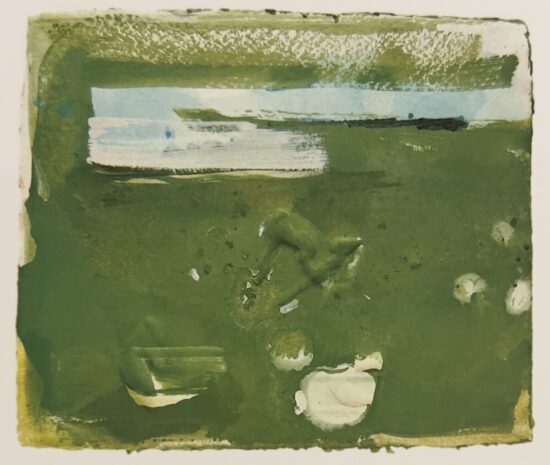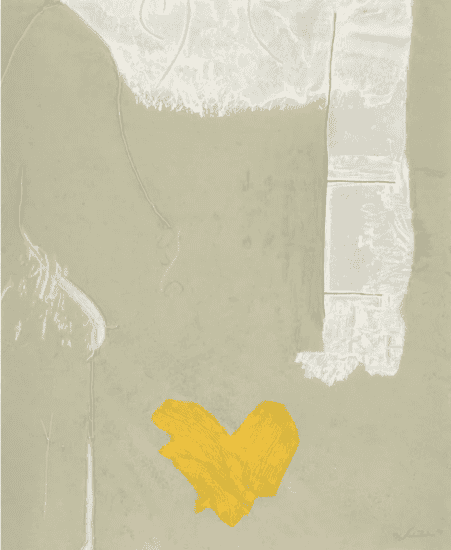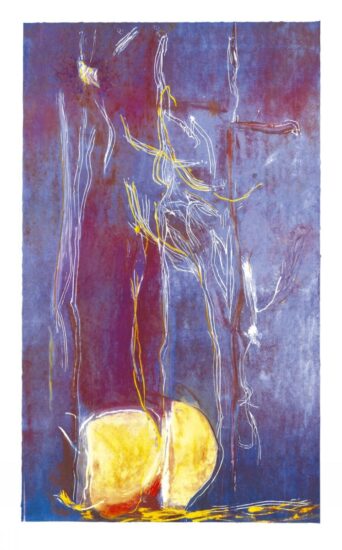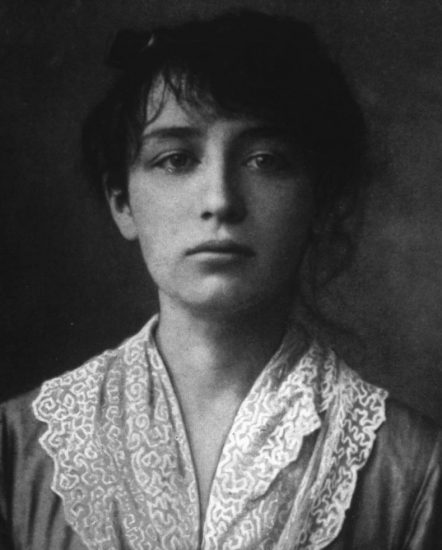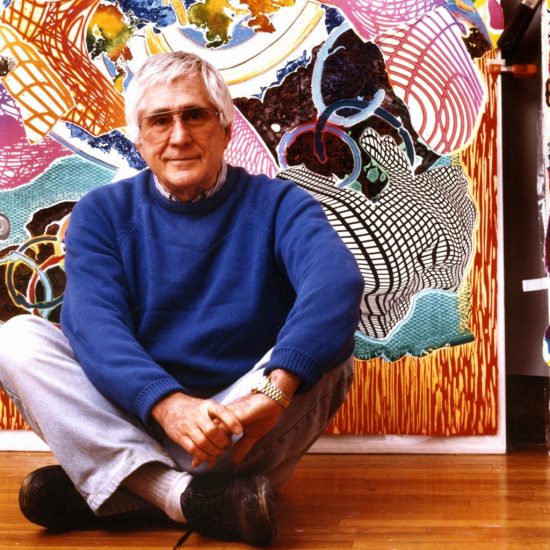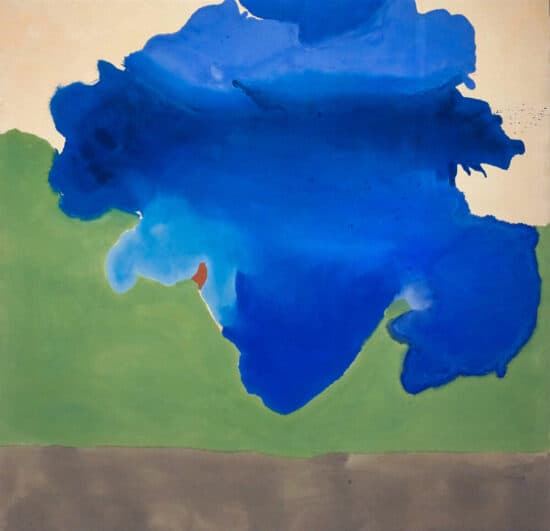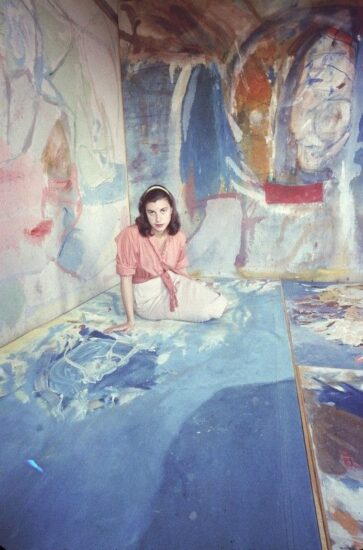Helen Frankenthaler (1928-2011) was an influential American abstract expressionist painter, known for her contributions to post-war American painting and her innovative techniques in color field painting.
Early Life and Education
Helen Frankenthaler was born on December 12, 1928, in New York City. Her father, Alfred Frankenthaler, was a respected New York State Supreme Court judge, and her mother, Martha, was a German immigrant. Helen showed an early interest in art, encouraged by her family's support and her early exposure to the rich and diverse culture of New York City.
Frankenthaler attended the Dalton School, where she studied under the Mexican painter and muralist Rufino Tamayo, who introduced her to modernist ideas. She later attended Bennington College in Vermont, where she studied under Paul Feeley and was exposed to a broad liberal arts education that influenced her artistic development.
Early Career
After graduating from Bennington in 1949, Frankenthaler returned to New York City and immersed herself in the vibrant post-war art scene. She was influenced by abstract expressionism, particularly the works of Jackson Pollock, Willem de Kooning, and Hans Hofmann. She attended Hofmann's painting classes and was introduced to the idea of painting as an acting arena.
Mid-Career and Mature Style
Throughout the 1960s and 1970s, Frankenthaler's work continued to evolve. She began experimenting with acrylic paint, which allowed for brighter colors and a quicker drying time. Her compositions often featured large, organic shapes and a more fluid sense of space.
Frankenthaler was also known for her printmaking, working with woodcuts, lithographs, and etchings. Her print work demonstrated the same innovative spirit as her paintings, often pushing the boundaries of the medium.
Later Years and Legacy
In the 1980s and 1990s, Frankenthaler's work became more refined, with a greater emphasis on line and structure. She continued to explore new techniques and materials, maintaining a dynamic and evolving practice until her death.
Helen Frankenthaler's artistic contributions have been recognized with numerous awards and honors. She was elected to the American Academy of Arts and Letters, received the National Medal of Arts in 2001, and her work has been exhibited in major museums and galleries worldwide.
Overcoming Challenges as a Woman Artist
In a time when the art world was dominated by men, Frankenthaler carved out a significant place for herself through her talent and innovative techniques and compositions. She gained recognition as an artist in her own right, and her success opened doors for other women in the art world, challenged the gender norms of her time, and contributed to broader acceptance and celebration of women artists.
Breakthrough and the "Soak-Stain" Technique
Frankenthaler's breakthrough came in 1952 with her painting "Mountains and Sea." This work was significant for her use of the "soak-stain" technique, which involves pouring thinned oil paint onto unprimed canvas, allowing the colors to soak into the fabric. The resulting effect is a watercolor-like diffusion of color that blends and bleeds organically, creating a sense of spontaneity and fluidity. This luminous, watercolor-like effect was a marked a departure from the thick, gestural brushstrokes characteristic of abstract expressionism.
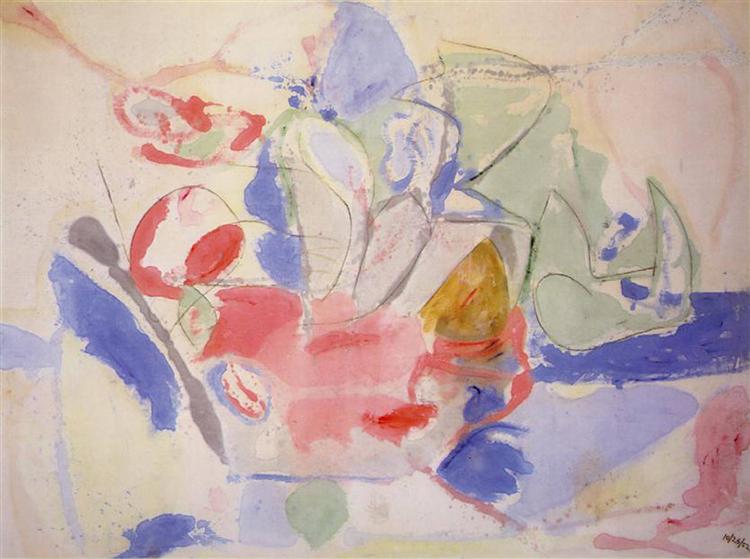
"Mountains and Sea" was influential for many artists, notably Morris Louis and Kenneth Noland, who adapted the soak-stain technique into what would become known as "color field painting." This method emphasizes flat planes of color and was a precursor to the minimalist and lyrical abstraction movements.
Frankenthaler was not only a pioneering abstract expressionist painter, but was also an innovative printmaker, particularly known for her woodcuts. Her woodcuts stand out for their experimental techniques and painterly qualities, reflecting her broader artistic vision.
Helen Frankenthaler Innovations and Techniques
Frankenthaler's signature soak-stain technique, pioneered in the 1950s became a hallmark of her style and significantly influenced the color field movement. But Frankenthaler also contributed other influential techniques and styles to art during her lifetime.
- Luminous Color Fields
Frankenthaler commonly used of expansive color fields. Her canvases often feature large, unmodulated areas of color that create a sense of space and depth. Her palettes ranged from vibrant and bold to soft and ethereal, and she used color to create mood and evoke emotion in viewers. This approach places her work within the broader context of Color Field painting — which favors large areas of flat, solid color — alongside artists like Mark Rothko and Barnett Newman.
- Organic Shapes and Forms
Frankenthaler's paintings frequently incorporate organic shapes and forms that appear to float or drift across the canvas. These shapes are often irregular and amorphous, suggesting natural landscapes, seascapes, or biological forms without depicting them directly. This abstract yet evocative use of form allows viewers to engage with her work on a purely sensory level, inviting personal interpretation.
- Layering and Transparency
Another recurring motif in Frankenthaler's work is her use of layering and transparency. She often applied multiple layers of paint, allowing the underlying layers to show through. This technique creates a sense of depth and complexity, as colors interact and blend in unpredictable ways. The transparency in her work enhances the ethereal quality of her paintings, giving them a luminous and airy feel.
- Landscape References
While Frankenthaler’s work is largely abstract, many of her paintings evoke a sense of landscape. This is evident in works like "Mountains and Sea" (1952), which, despite its abstract nature, suggests the forms and colors of a natural landscape. These landscape references are not literal but rather abstracted impressions, capturing the essence of natural scenes through color and form.
- Gestural Brushwork
In addition to her soak-stain technique, Frankenthaler’s work often includes gestural brushwork, defined as expressive brushstrokes intended to emphasizethe the movement of the painter's arm. Reflecting her roots in Abstract Expressionism, these dynamic brushstrokes add a sense of movement and energy to her paintings, contrasting the more serene color fields and enhancing the overall compositional balance.
- Printmaking Innovations
In her printmaking, particularly in woodcuts, Frankenthaler maintained motifs of fluidity and organic forms while exploring new textures and techniques. Her prints often mirror the painterly qualities of her canvases, with layered colors and translucent effects achieved through complex processes involving multiple blocks and colors.
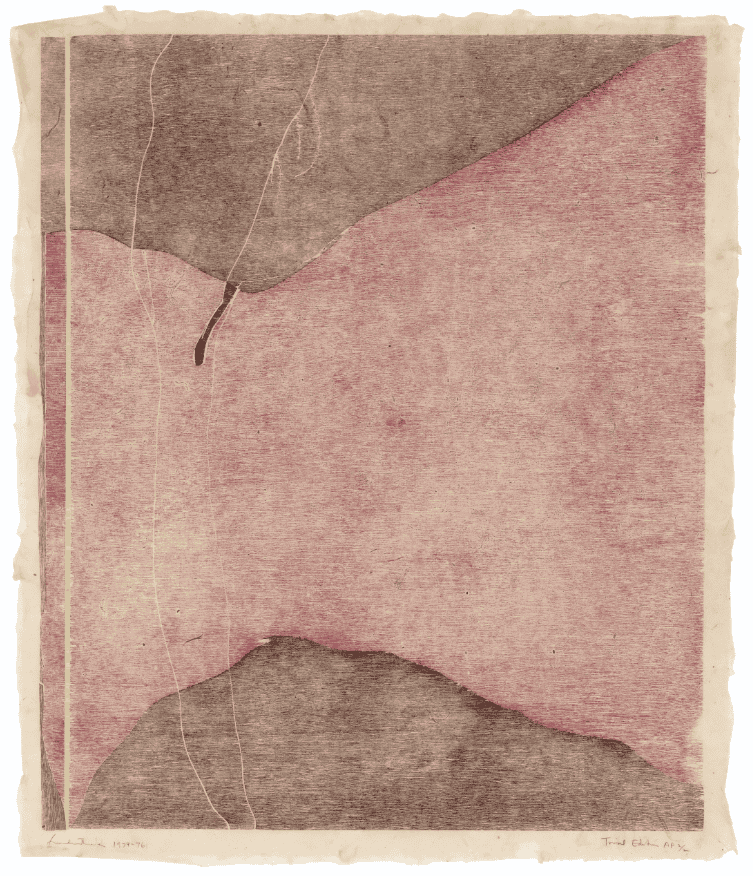
Notable Works and Motifs
Helen Frankenthaler "The Bay" (1963)
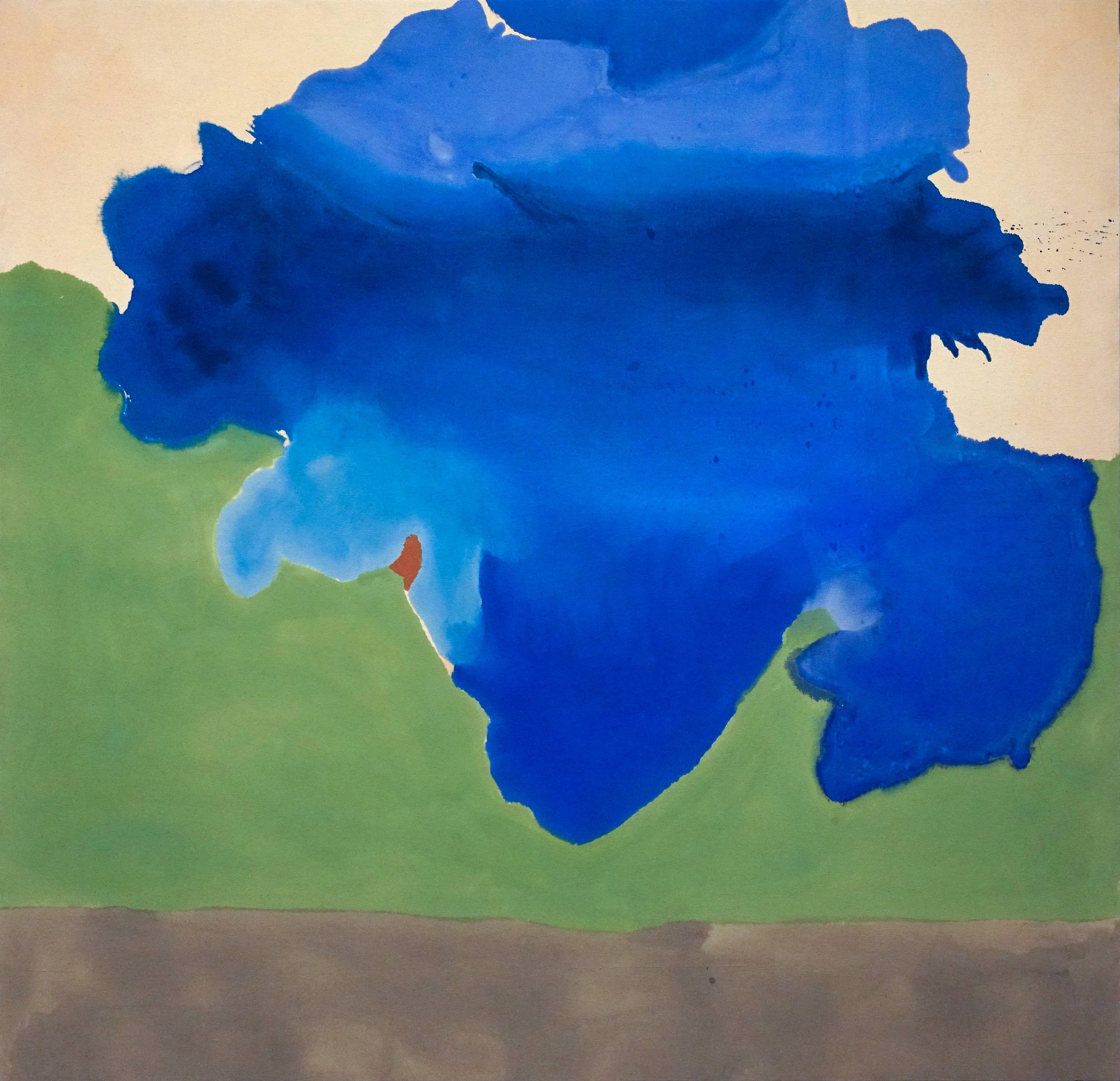
Medium: Acrylic on canvas
Dimensions: Approximately 6 feet 8 inches by 6 feet 9 inches (203.2 cm x 205.74 cm)
Helen Frankenthaler “Warming the Wires" (1976)
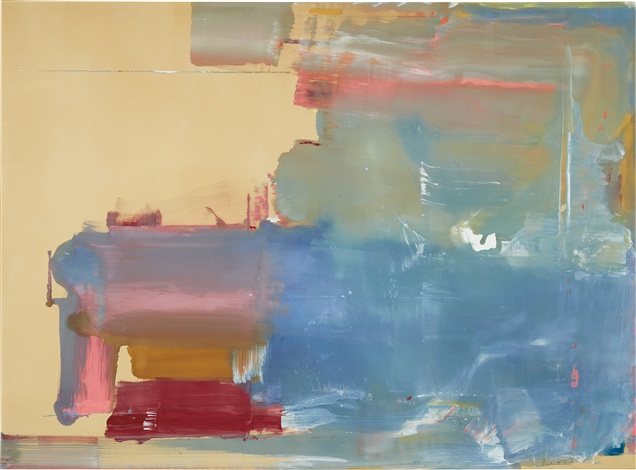
Medium: Acrylic on canvas
Dimensions: 76 x 86 inches (193 x 218.4 cm)
Helen Frankenthaler "Mountains and Sea" (1952)

Medium: Oil and charcoal on unsized, unprimed canvas
Dimensions: 86 5/8 x 117 1/4 inches (220 x 297.8 cm)
Art Market Trends and Auction Prices
Helen Frankenthaler's market has seen a steady appreciation over the years, with increasing recognition of her contributions to post-war American art. Her innovative techniques and the lyrical quality of her compositions have ensured a lasting legacy, making her works highly sought after by collectors and institutions alike.
Here are some notable auction results for her paintings:
- "Royal Fireworks" (1975): Sold for $818,500 at Christie's New York in November 2018.
- "Carousel" (1979): Sold for $1,767,500 at Sotheby's New York in November 2013.
- "Madame Butterfly" (2000) (A significant woodcut): Sold for $435,000 at Sotheby's New York in October 2012.
Helen Frankenthaler's Woodcuts and Prints
Helen Frankenthaler's prints are highly valued in the art market, reflecting her innovative techniques and the high quality of her work. Major prints, especially those with complex techniques like "Madame Butterfly," can sell for hundreds of thousands of dollars, while smaller or less intricate works still command strong prices. The consistent demand for her prints underscores Frankenthaler's lasting impact on the field of printmaking and her status as a key figure in contemporary art.
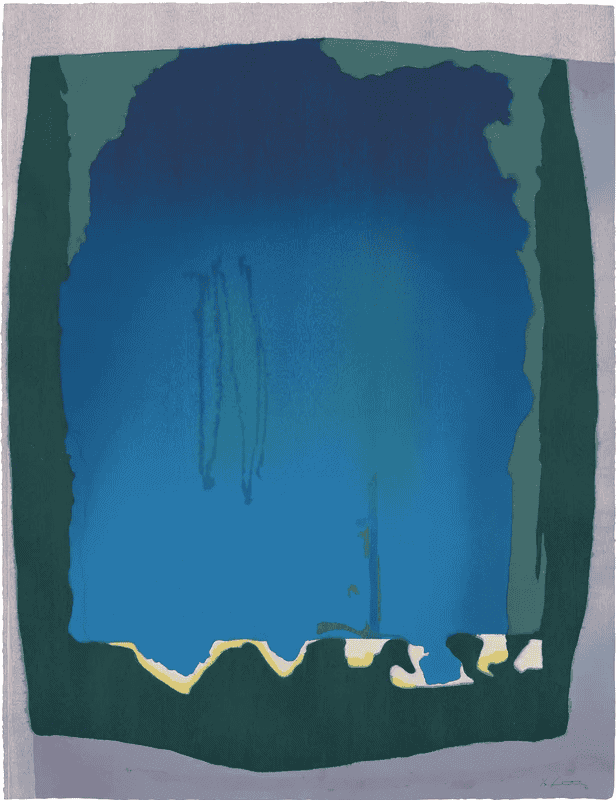
Techniques and Styles
- Woodcuts: Frankenthaler’s woodcuts are notable for their painterly qualities, which she achieved through a combination of traditional and experimental techniques. She often worked closely with master printmakers to push the boundaries of what was possible in woodcut printing.
- Lithographs and Etchings: These prints often mirror the fluidity and luminosity of her paintings, with a focus on vibrant color fields and organic forms. Frankenthaler used lithography and etching to explore new textures and depths in her work.
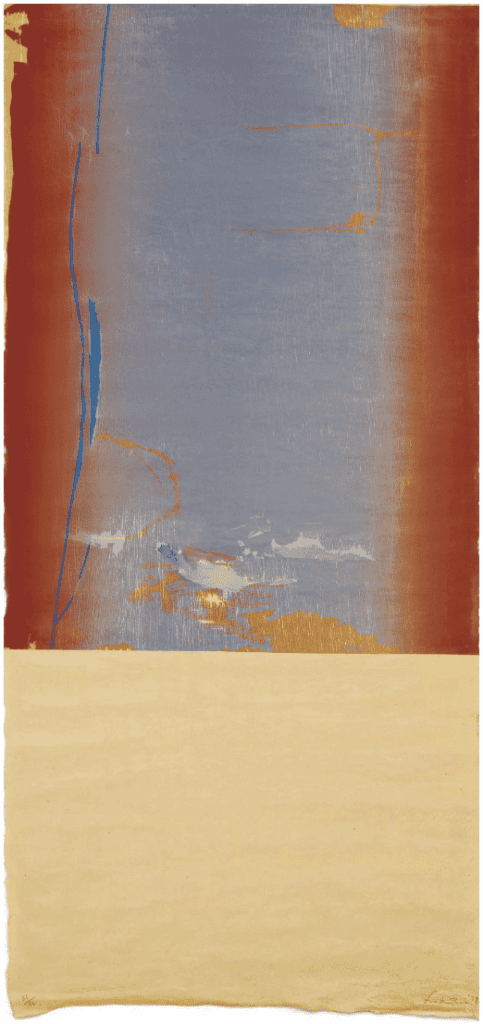
Notable Prints and Their Market Value
"Madame Butterfly" (2000)
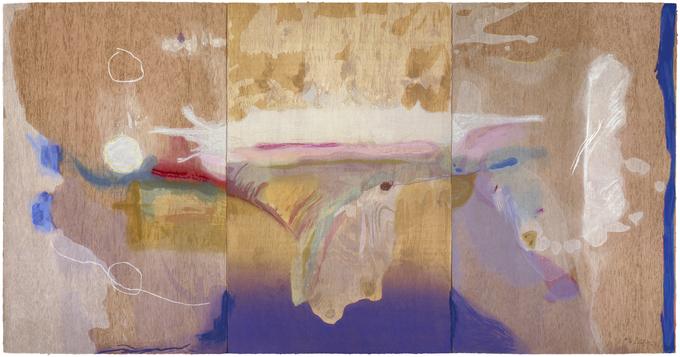
- Description: This large-scale woodcut is one of Frankenthaler’s most famous prints, created in collaboration with the master printer Kenneth Tyler. It required 46 woodblocks and 102 colors to complete.
- Market Value: "Madame Butterfly" has fetched significant sums at auction, reflecting its complexity and importance. For example, it sold for $435,000 at Sotheby's New York auction in October 2012.
"Tales of Genji" (1998)
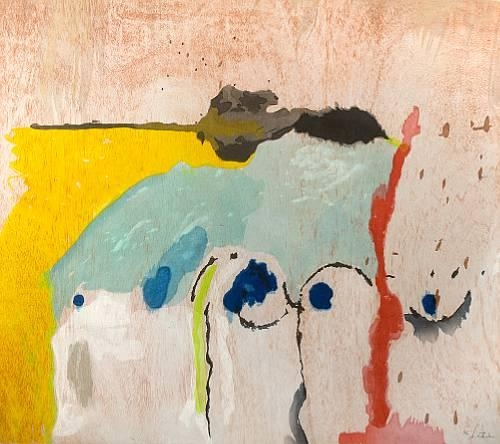
- Description: One of Frankenthaler's most celebrated series of woodcuts is "Tales of Genji." This series was inspired by the classic Japanese novel of the same name. The prints are notable for their complexity and their use of a wide range of colors. Frankenthaler worked with the printer Kenneth Tyler to create these intricate works, which involved as many as 46 different colors in a single print.
- Market Value: Individual prints from the "Tales of Genji" series can command high prices, often reaching into the tens of thousands of dollars.
"Snow Pines" (2004)
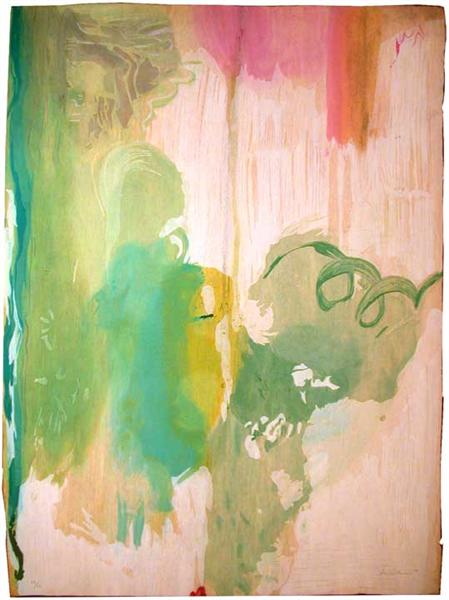
- Description: In "Snow Pines," Frankenthaler continued to explore the possibilities of the woodcut medium. This piece is notable for its serene, meditative quality, achieved through the use of soft, overlapping colors and subtle textural contrasts. The print captures the essence of a snow-covered landscape with a simplicity and elegance that are hallmarks of Frankenthaler's style.
- Market Value: "Snow Pines" and similar works by Frankenthaler are highly valued for their beauty and technical excellence, typically selling for prices in the mid to high five figures.
Legacy
Helen Frankenthaler’s motifs and techniques have had a profound impact on the art world, influencing her contemporaries and subsequent generations of artists. Her ability to merge the spontaneity of Abstract Expressionism with the clarity and purity of Color Field painting solidified her position as a pivotal figure in twentieth-century art. Her work continues to be celebrated for its beauty, innovation, and emotional resonance.

